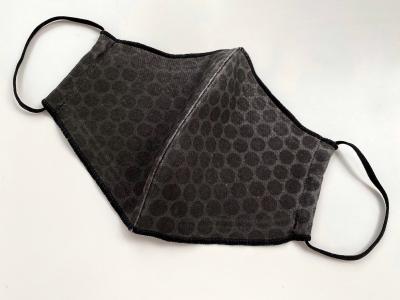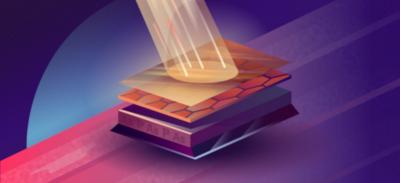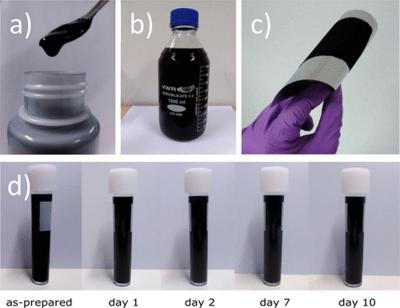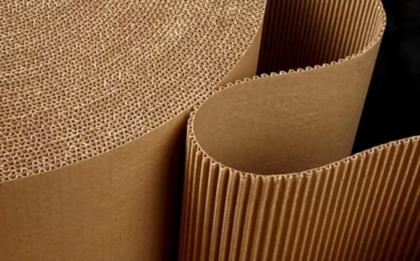Directa Plus to supply Iterchimica with graphene materials for asphalt applications
Directa Plus has reported that a deal to supply a special grade of its G+ graphene product, known as ITC1, to its partner, Iterchimica. The G+ product is the differentiating component of Gipave, an asphalt super-modifier developed by Directa Plus and Iterchimica and follows successful trials in Italy and the UK.
The agreement signed by the companies provides for the exclusive supply of the G+ graphene product to Iterchimica in the asphalt and bitumen sector worldwide and is for an initial duration of three years.





